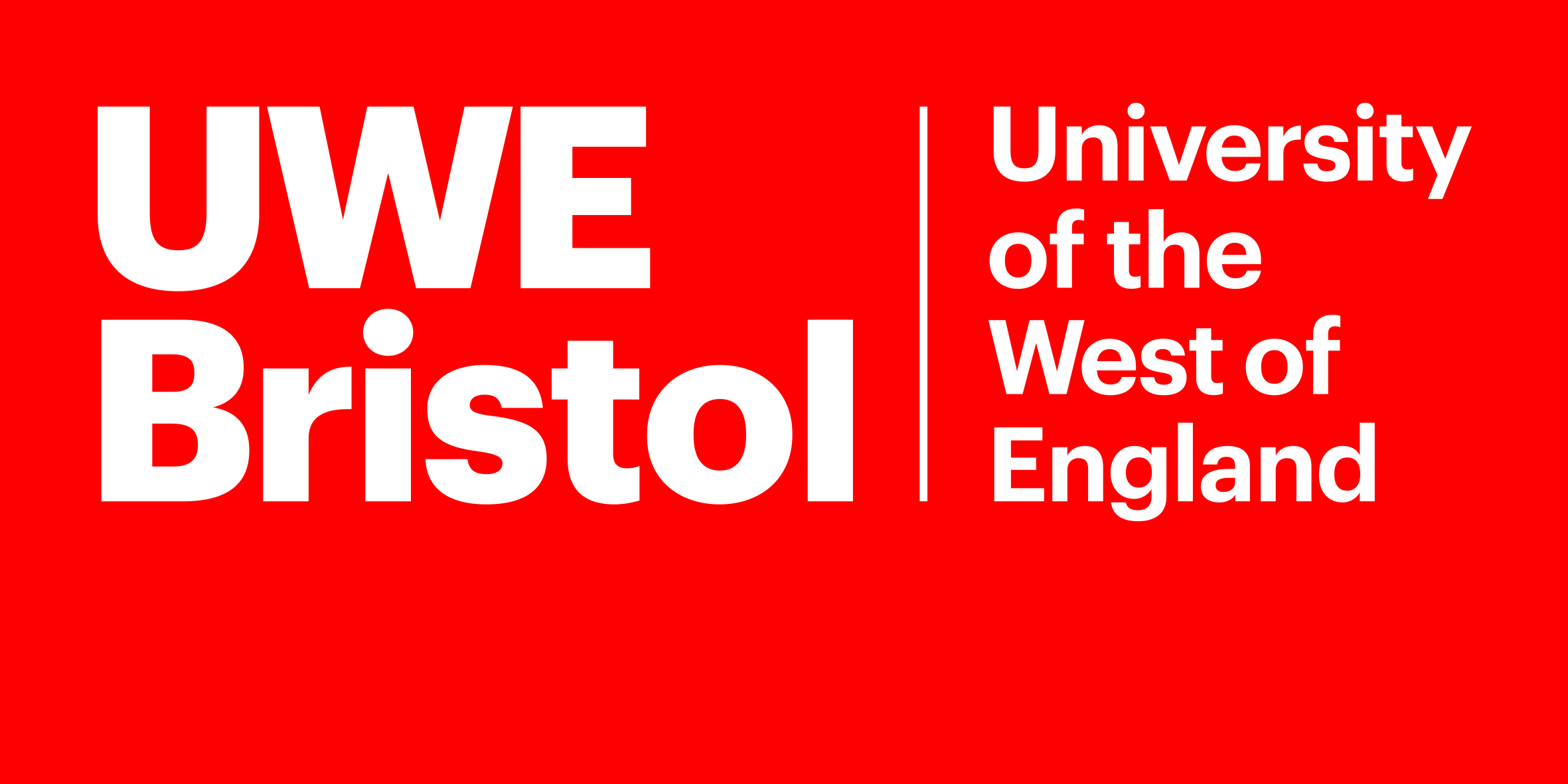Sally Dowling Sally.Dowling@uwe.ac.uk
Occasional Associate Lecturer - CHSS - AHP
An ‘incredible community’ or ‘disgusting’ and ‘weird’? Representations of breastmilk sharing in worldwide news media
Dowling, Sally; Grant, Aimee
Authors
Aimee Grant
Abstract
© 2021 The Authors. Maternal & Child Nutrition published by John Wiley & Sons Ltd. Breastmilk sharing via the internet has become more popular in recent years, with a resultant increase in media attention. It is actively discouraged by public health bodies in at least three countries. We undertook a qualitative analysis of worldwide English language news media (online newspaper articles and transcripts of television and radio pieces) focusing on peer-to-peer breastmilk sharing during a 24-month period (2015–2016). One hundred eleven news articles were analysed semiotically for positive (n = 49) and negative (n = 90) depictions of breastmilk sharing and the actors involved. Three countries published the majority of the articles: United States (n = 42), United Kingdom (n = 24) and Australia (n = 20). Topics associated with using shared breastmilk included perceived insufficiency, having surgery or taking medication, or the prematurity of the baby. Reports of women who gave and received breastmilk were largely positive although sometimes confused with women who sell breastmilk, who were demonised. The breastmilk itself, however, was considered as potentially contaminated and possibly dangerous; calls for action (n = 33) focused on increasing regulation and safety. Peer-to-peer milk sharing and the commercial availability of human milk are activities that occur within social and cultural contexts, and, as such, the ways in which they are represented in the news media reflect the ways in which they are also represented more widely in society. Increased understanding of normal infant feeding practices is needed, alongside guidance on how to better support breastfeeding. News media outlets can facilitate this through reporting risk in line with evidence. Further research should be undertaken to understand the safety of breastmilk sharing and the experience of those who participate.
| Journal Article Type | Article |
|---|---|
| Acceptance Date | Dec 17, 2020 |
| Online Publication Date | Jan 6, 2021 |
| Publication Date | 2021-07 |
| Deposit Date | Dec 18, 2020 |
| Publicly Available Date | Jul 7, 2021 |
| Journal | Maternal and Child Nutrition |
| Print ISSN | 1740-8709 |
| Publisher | Wiley |
| Peer Reviewed | Peer Reviewed |
| Volume | 17 |
| Issue | 3 |
| Article Number | e13139 |
| DOI | https://doi.org/10.1111/mcn.13139 |
| Keywords | Breastfeeding; Breast milk; Breast Milk; Human Milk; Mass Media; Qualitative Research; Stigma, Supplementary Feeding; |
| Public URL | https://uwe-repository.worktribe.com/output/6959530 |
Files
An ‘incredible community’ or ‘disgusting’ and ‘weird’? Representations of breastmilk sharing in worldwide news media
(1.3 Mb)
PDF
Licence
http://creativecommons.org/licenses/by/4.0/
Publisher Licence URL
http://creativecommons.org/licenses/by/4.0/
You might also like
Using liminality to understand mothers' experiences of long-term breastfeeding: 'Betwixt and between' and 'matter out of place'.
(2014)
Presentation / Conference Contribution
Breastfeeding peer support in Wiltshire: An evaluation
(2014)
Presentation / Conference Contribution
Using liminality, stigma and taboo to understand mother's experiences of long-term breastfeeding
(2014)
Presentation / Conference Contribution
Donating breastmilk: Regulated and unregulated practices: A review of the ethical issues
(2015)
Journal Article
Downloadable Citations
About UWE Bristol Research Repository
Administrator e-mail: repository@uwe.ac.uk
This application uses the following open-source libraries:
SheetJS Community Edition
Apache License Version 2.0 (http://www.apache.org/licenses/)
PDF.js
Apache License Version 2.0 (http://www.apache.org/licenses/)
Font Awesome
SIL OFL 1.1 (http://scripts.sil.org/OFL)
MIT License (http://opensource.org/licenses/mit-license.html)
CC BY 3.0 ( http://creativecommons.org/licenses/by/3.0/)
Powered by Worktribe © 2025
Advanced Search
